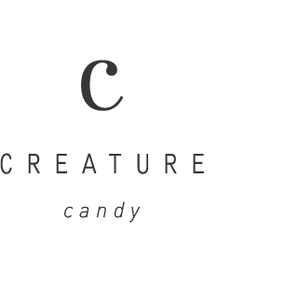The Atlantic puffin Fratercula arctica, is one of the most easily recognisable birds with their dazzling, almost comical appearance. They are black along their back and wings, with a white chest and orange webbed feet. Their cheeks and face are also white, with a large triangular-shaped beak, bright orange and red in colouration. The distinct appearance of these pint-sized seabirds has earned them the nickname ‘sea parrots’ in northern Scotland.
Breeding and Nesting Behaviour
Puffins reach breeding age at 5-6 years old, and live for 20 years. They prefer to create a nesting burrow in the soil of grassy cliff tops for their young, even utilising old rabbit burrows. If it isn’t possible to create a burrow, they will find cracks or cavities in cliffs or space under boulders to nest.
In late April/early May, the puffins will return to their breeding colonies to lay a single egg that is incubated by both parents for 36-45 days. They will also share feeding duties during the fledgling period, which varies depending on location and the year, usually ranging from 34 to 60 days.
Shortly before the chicks are ready to leave the nest, the adults will leave the breeding colony around mid-August. When the young birds leave the nest burrow, they make their journey to see under the cover of night to avoid predators. Sometimes they can get confused by bright lights in places like Iceland, and fly towards city streets.
Threats
They have an extensive range across the northern hemisphere, with around 90% of the global population found in Europe. 60% of that population form their breeding colonies in Iceland, and only 10% are found in the UK (estimated at around 450,000 individuals).
Despite what appears to be a decent population size, there is a rapid and on-going decrease in the UK’s puffins, causing concerns over extinction within the next 100 years.
Puffins have a small number of breeding sites and a very low reproductive rate, only laying one egg per year. If there is an event that has a negative impact on a colony (e.g. a large amount are hunted and killed by humans or animals), it will take a long time for the species to recover.
By creating their nests in burrows, this does help to protect the chicks from aerial predators. However this doesn’t stop other mammals getting to them, such as foxes and weasels. They are also vulnerable to pollution, including oil spills.
The inside of a puffin’s beak has adapted to include backward-facing spines, helping to keep the small fish from falling out. As useful as this adaptation is, it doesn’t deal with the problem of another seabird called the Arctic skua from stealing their food.
The main fish in a puffins diet rely on plankton as their food. With increased sea temperatures, there’s a decrease in the plankton population and therefore a shortage in puffin food. This in turn forces puffins to travel further away in environments they are not used to in search of food, which is more dangerous for them.
When & Where To See Them
Puffins spend their winters out at sea, so they are best observed in the spring and summer when you can visit a breeding colony. Below is a list from Discover Wildlife of the 9 best places to find them:
Hermaness and Sumburgh Head, Shetland, Scotland.
Fowlesheugh RSPB, Aberdeenshire, Scotland.
Isle of May and Craigleith Island, Fife, Scotland.
Farne Islands, Northumberland, England.
Bempton Cliffs RSPB, Yorkshire, England.
South Stack Cliffs RSPB, Anglesey, Wales.
Skomer Island, Pembrokeshire, Wales.
Rathlin Island, County Antrim, Northern Ireland.
Westray and Papa Westray, Orkney, Scotland.
We Need Your Help!
As a result of the COVID-19 outbreak, the Scottish Seabird Centre is facing financial difficulties. They need to raise £200,000 by the end of July or they will have to close their doors forever. Here at Creature Candy, we wanted to do all we can to save such a wonderful organisation. Therefore, we have created limited edition puffin prints to raise awareness and funds for the SSC. Prints cost £15, with £5 from each sale donated to the SSC.
The SSC is an education and conservation charity that endeavours to inspire people to learn and care for the natural marine environment. For the past 20 years they have supported marine conservation projects and have put all their efforts into helping species that are struggling, such as puffins.
With the visitor centre closed throughout the lockdown, the charities future is now under threat. By donating to our Crowdfunder, you’ll be helping the centre to stay open and support the community for more years to come. After those 20 years of hard work, it will be a shame for it to disappear.
Help us hit our target of £10,000 by visiting and donating to our Crowdfunder:
https://www.crowdfunder.co.uk/puffin-prints-to-help-save-scottish-seabird-centre



